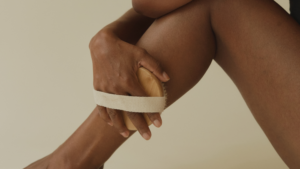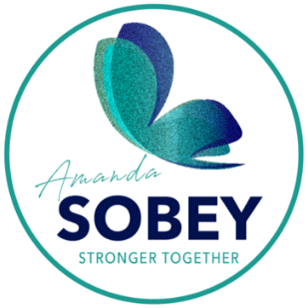Dry brushing for lymphedema is one technique that has gained attention for its potential benefits. In this article, we’ll explore the concept of dry brushing, its potential advantages, and how you can incorporate it into your routine.

How does dry brushing help lymphedema?
Dry brushing is a technique that involves using a natural-bristle brush to gently stroke the skin in specific patterns. While it is not a standalone treatment, many find it beneficial when used as part of a comprehensive management plan. Dry brushing may offer several advantages:
-
- Circulation: Dry brushing can stimulate blood circulation, which may help reduce swelling in affected areas.
- Fibrosis: It has the potential to break up fibrous tissue, a common complication of lymphedema. This can lead to improved mobility and comfort.
How often should you dry brush for lymphedema?
The frequency of dry brushing sessions may vary from person to person. It’s important to approach dry brushing with gentleness and consistency. Generally, it’s recommended to dry brush once a day or a few times a week, depending on your comfort level and your skin’s response. Overly aggressive brushing can irritate the skin, so always prioritize a gentle approach.
Consider using specialized skincare products as well. These products are formulated to provide extra protection and hydration to vulnerable skin. For example, Lymphology SkinCare Body Cream contains ingredients that support the skin’s moisture barrier and offer antibacterial, antifungal, and anti-inflammatory properties.
How do you perform dry brushing for lymphedema?
Does dry brushing for lymphedema help improve lymphatic drainage?
Dry brushing is believed to assist with lymphatic drainage, although it should not replace established therapies. The gentle strokes of the brush, when done in the right direction (towards the heart), may encourage lymphatic fluid to move more effectively. However, it’s essential to consult with your healthcare provider before starting dry brushing to ensure it complements your existing treatment plan.

For those interested in trying dry brushing, The Lymphie Box offers a convenient solution. This specially curated box includes the tools needed for dry brushing, ensuring you have everything required to get started on your journey to lymphatic health.

Conclusion
Dry brushing is a gentle and non-invasive technique that may complement lymphedema management. While it should not replace established treatments, many individuals find it beneficial for improving circulation and addressing fibrosis. If you’re considering dry brushing as part of your self-care routine, consult with your healthcare provider to ensure it aligns with your specific needs and treatment plan.
Remember that lymphedema management is a holistic approach, and exploring complementary therapies like dry brushing can be empowering. By prioritizing your lymphatic health and working closely with your healthcare team, you can take positive steps toward a more comfortable and active life with lymphedema.

